Alfa Romeo is one of the oldest and most evocative car brands in the world, but it also might be the most troubled.
For many, the idea that it can be Italy’s answer to BMW is laughable, because for more than a generation the brand has been a shadow of its former glory. From the 1920s to 1970s it was unquestionably a rival to Germany’s finest, with a combination of style and technology. However, since the 1980s it has been in decline and has fallen behind BMW and Mercedes-Benz.
That was all meant to change in 2015 when Alfa Romeo’s then-parent company, Fiat Chrysler Automobiles (FCA), unveiled the all-new Giulia, which was underpinned by the ‘Giorgio’ platform. FCA reportedly invested more than $1 billion on developing the Giorgio with plans for it to underpin at least 15 models across the wider group.
It now looks set to be used for just three – the Alfa Romeo Giulia and Stelvio, and the upcoming Maserati Grecale – with new parent operation, Stellantis, announcing plans for a major shake-up for Alfa Romeo – again.
Remarkably, despite the money invested and being introduced in 2015, FCA failed to future-proof the Giorgio by making it capable of accommodating an electrified powertrain.
Stellantis, under the leadership of former PSA Group (Peugeot-Citroen) chief Carlos Tavares, has wasted little time in shaking things up at Alfa Romeo. Former Peugeot boss Jean-Philippe Imparato has been installed as the Italian brand’s new CEO and Alejandro Mesonero-Romanos has taken over as head of design.
Imparato has reportedly delayed the arrival of the new Tonale compact SUV, which is meant to be Alfa’s first plug-in hybrid model, because he was underwhelmed by it and has sent the engineers to improve its performance and range.
Speaking to European media this week, Imparato confirmed the Giorgio will be dumped and replaced by a new Stellantis-developed platform that will allow for all future Alfa Romeos to be either hybrid or all-electric.
“We are working on the large platform of Stellantis and we will no longer use the Giorgio,” Imparato told reporters.
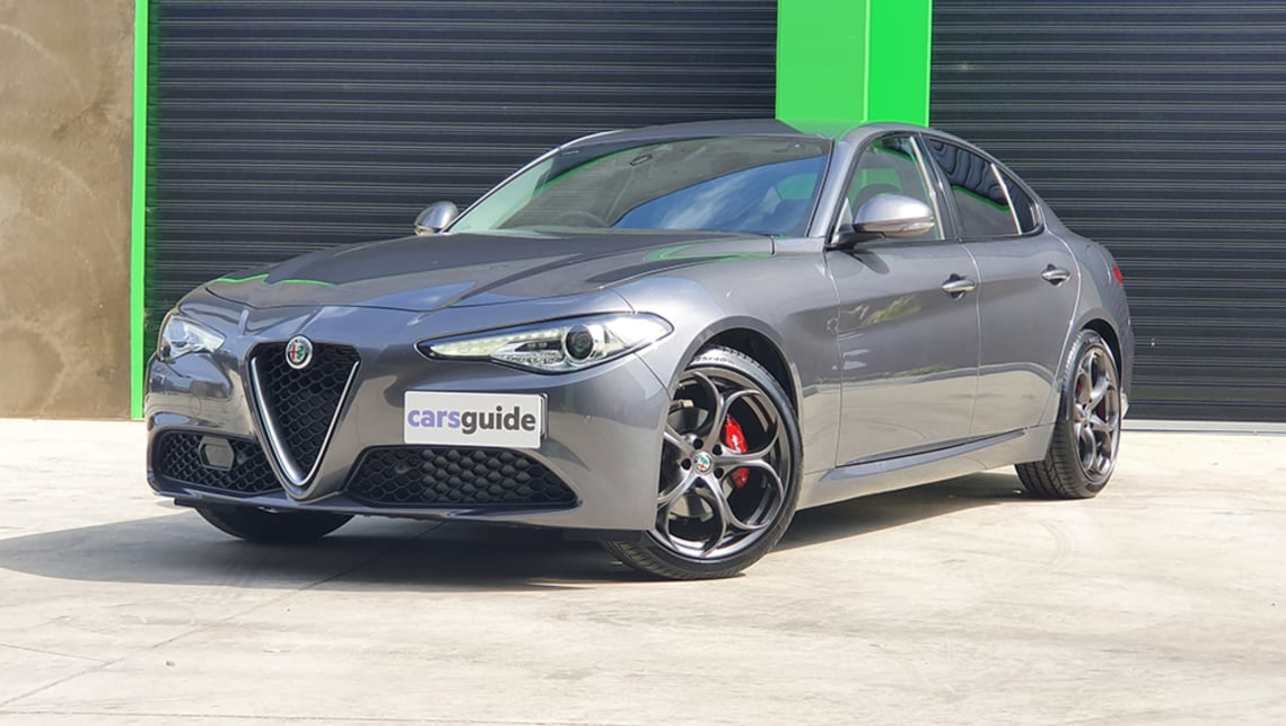
“We must take advantage of the volumes to take all possible opportunities and bring an EV range to Alfa Romeo, but always with the touch of Alfa Romeo.”
It’s yet another rebuild for Alfa Romeo, so will this be different? There are reasons for Alfisti to be optimistic even though they’re heard it all before.
For starters, Stellantis has displayed swift and clear leadership to try and right the course of the brand. Imparato was the man responsible for the turnaround of Peugeot, having taken over as head of the French brand in 2016, so he has a reputation for resurrecting troubled brands.
Imparato has announced he will end one of FCA’s most popular Alfa Romeo habits – revealing a five-year plan only to change it within 12-18 months. It was this practice that saw the announcement and subsequent axing of models including a small hatch and sedan, full-size sedan, mid-size and large SUVs, as well as the reborn GTV and 8C sports cars. While FCA over-promised and nder-delivered, it seems Stallantis’ goal under Imparato is to do the opposite.
The decision to switch to the new Stellantis platform – dubbed STLA Large – should help reduce costs and complexity. However, it does raise the question of whether it can be a dynamic match for the likes of the BMW 3 Series, as the Giorgio-based Giulia tried to be, as it will have to cater for both sedans and SUVs across a variety of brands; including Maserati, Peugeot, Citroen, DS and possibly Lancia.
.JPG)
Early reports about the STLA Large are promising in terms of electrification, with Tavares claiming it should offer 800km of range as an EV, which would not only introduce Alfa Romeo to EVs but also make it highly-competitive.
If you’re wondering why all this fuss over a brand that has been only a minor player in the premium market for more the better part of three decades, it’s because within the car industry there’s great respect for Alfa Romeo.
With the car industry moving towards an electric future where performance will be similar and therefore not a major selling factor, having a brand with the legacy and passionate fanbase of Alfa Romeo could be valuable.
At the start of the last decade Volkswagen Group made a serious bid to buy Alfa Romeo, with former VW chiefs Ferdinand Piech and Martin Winterkorn reportedly big believers in the potential of the brand. Unfortunately for the VW team, another Alfa Romeo believer was then-FCA CEO Sergio Marchionne. The late Italian-Canadian executive was the man in charge of the Giorgio project but it failed to live up to his expectations.
Perhaps if Stellantis can’t make a go of it this time around Volkswagen could make another play for Alfa Romeo… and start yet another rebuild.









.jpg)

.jpg)

.jpg)
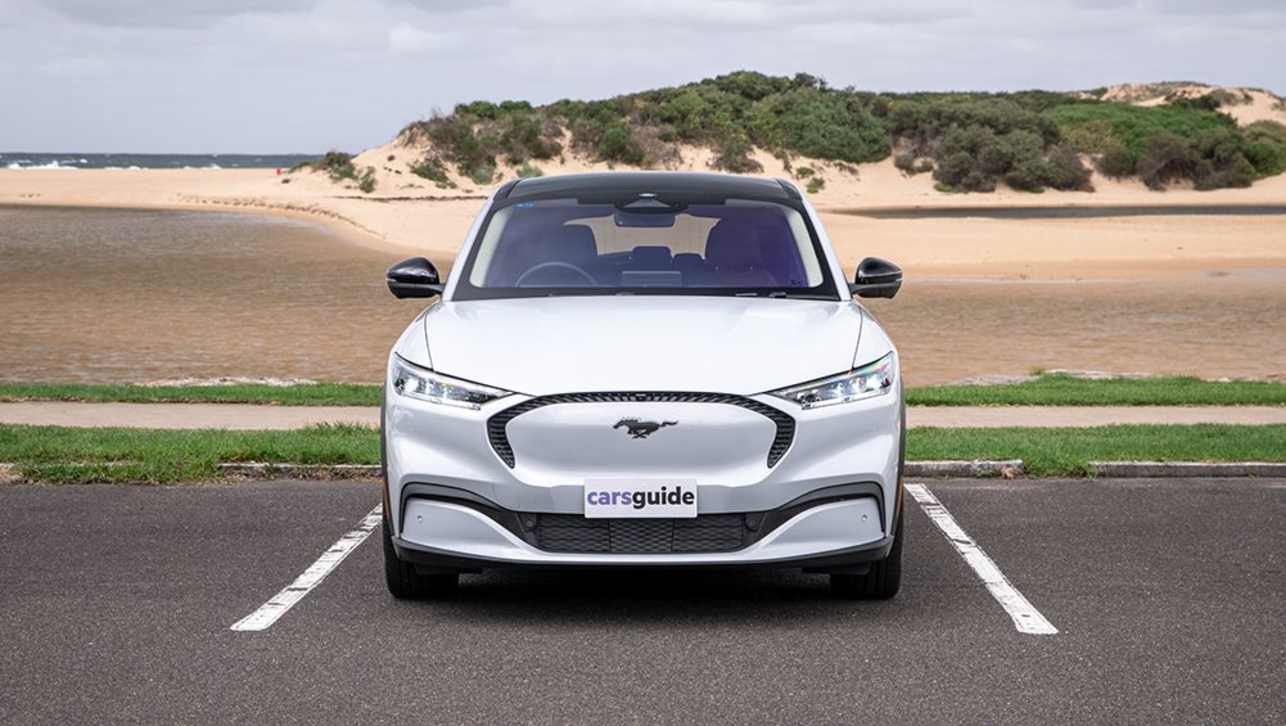
.jpg)

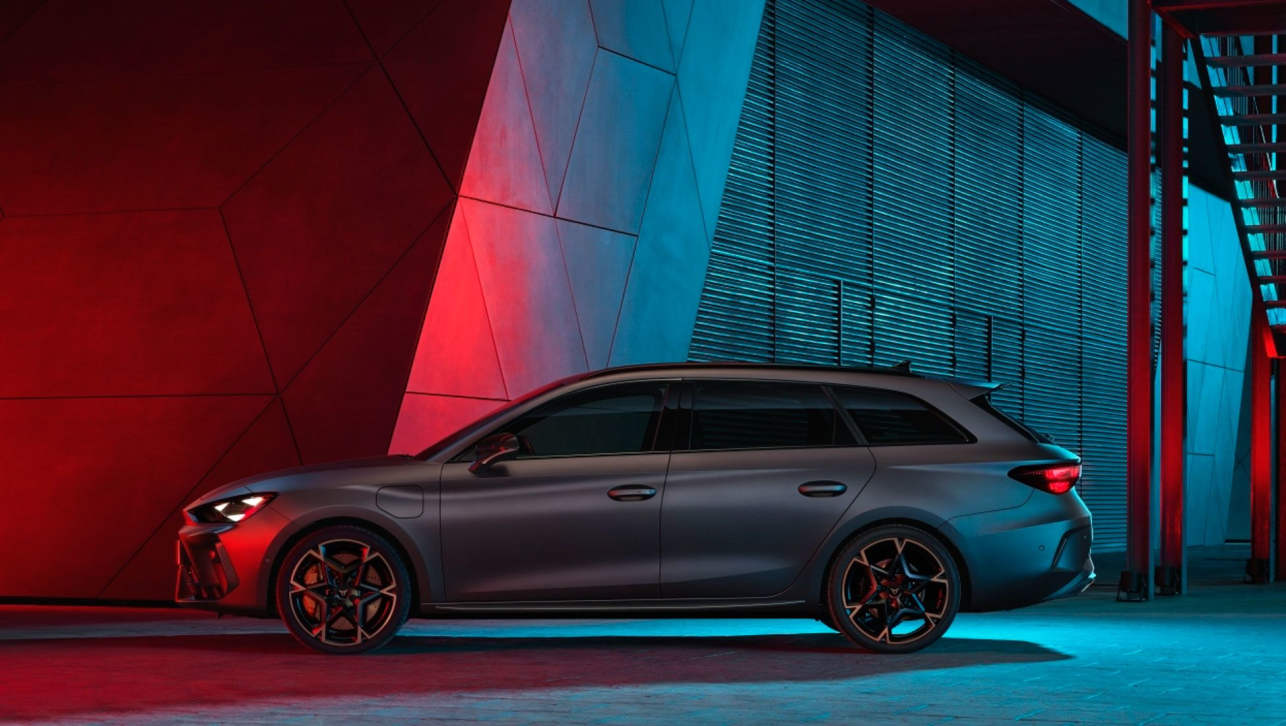
.jpg)

.jpg)
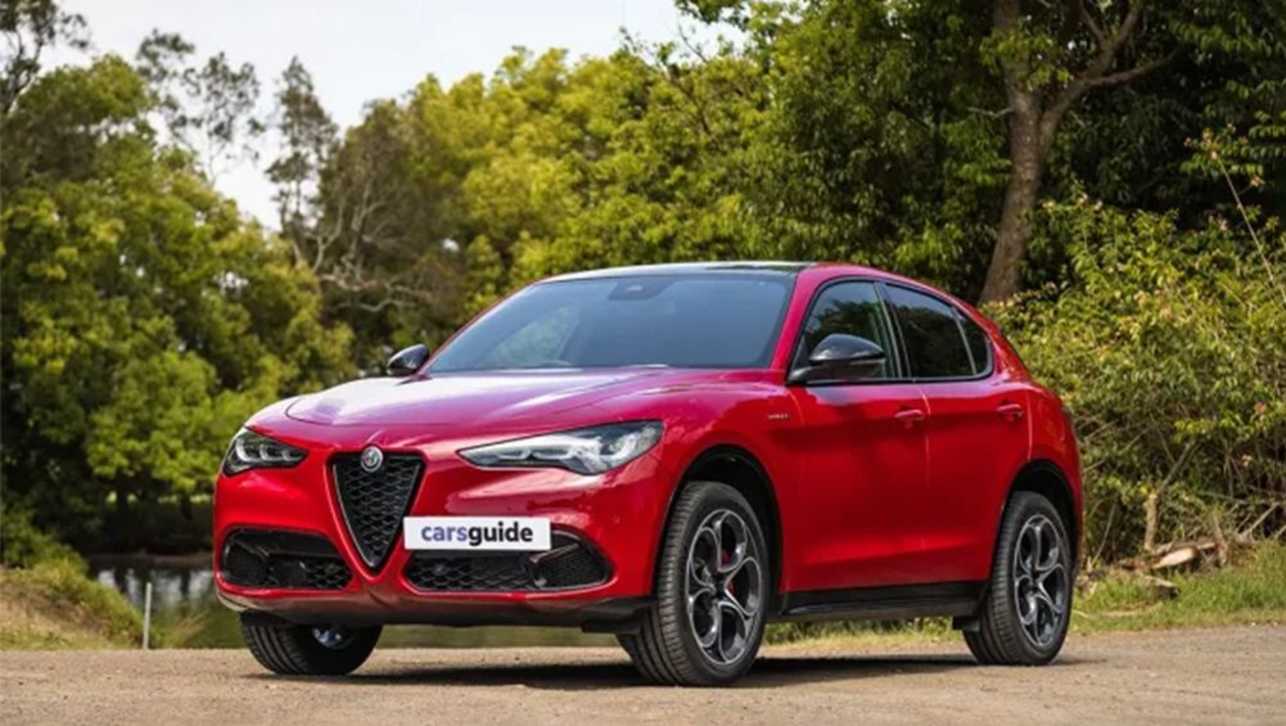
.jpg)
.jpg)
.jpg)
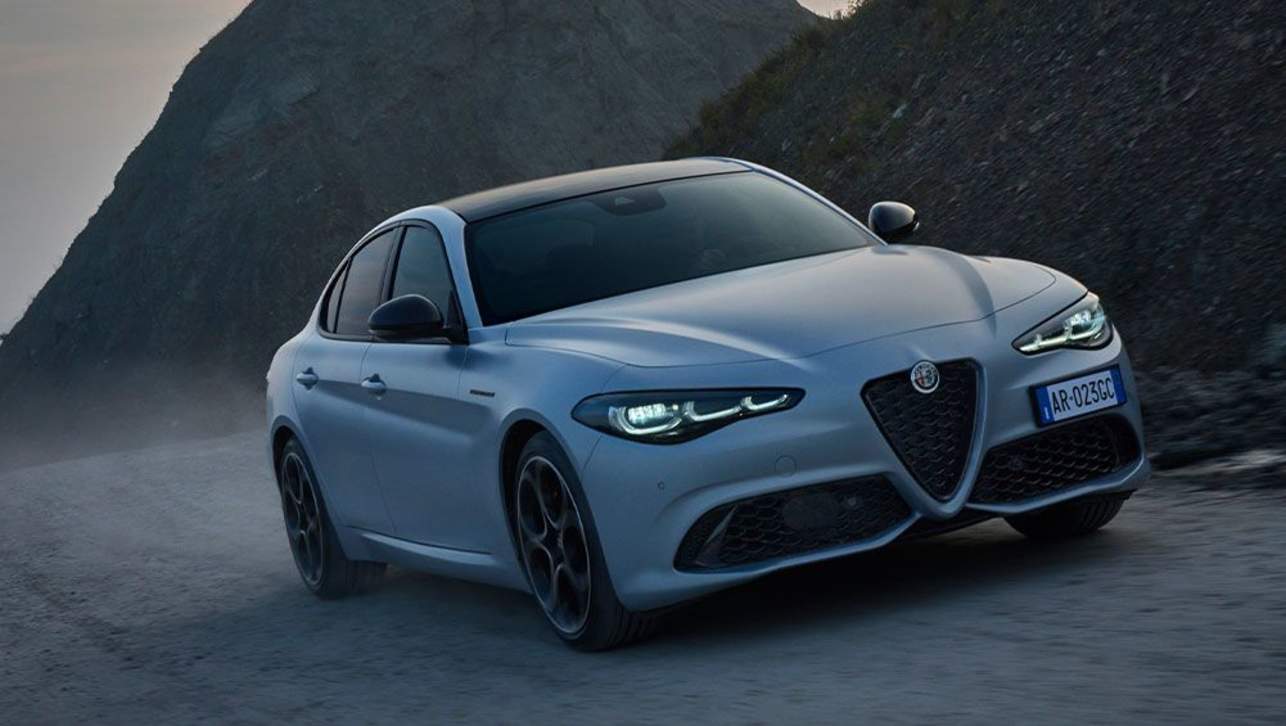

.jpg)

.jpg)
Comments